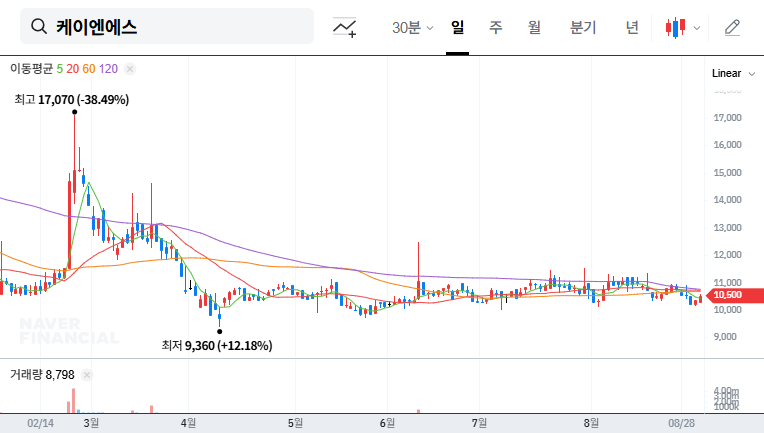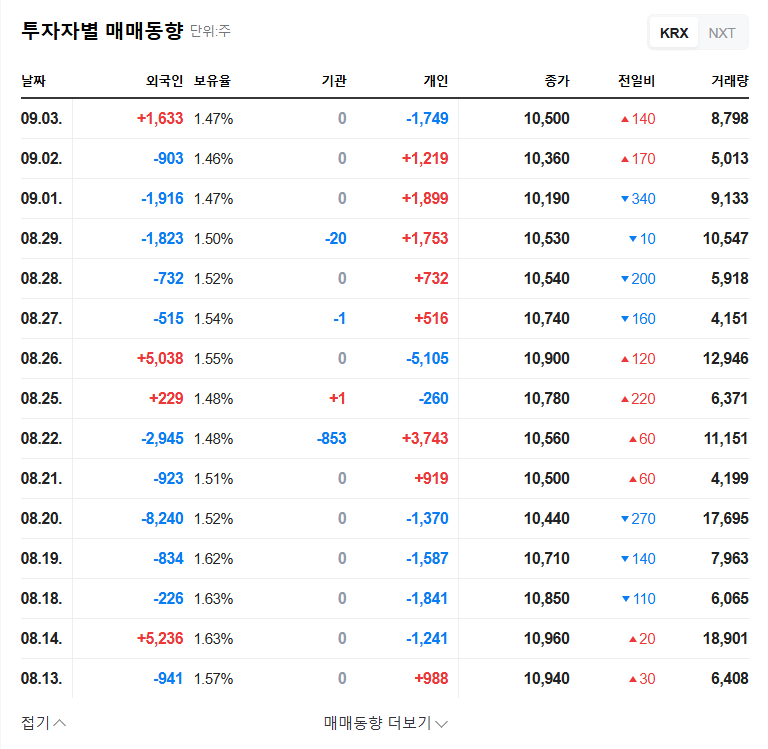
1. What Happened? – Convertible Bond Issuance
KNS announced on September 3, 2025, the issuance of privately placed convertible bonds totaling ₩10 billion. The conversion price is set at ₩11,400, significantly higher than the current stock price of ₩347. The payment date is September 11, and the conversion period is from September 11, 2026, to August 11, 2030.
2. Why the CB Issuance? – Funding and Growth Drivers
KNS plans to utilize the secured funds for operational and investment purposes. This is interpreted as a strategy to secure short-term liquidity and long-term growth drivers through investments in new businesses. KNS has recently been actively expanding into new areas such as direct production of secondary battery components and solar power generation.
3. So, What’s the Impact? – Coexistence of Opportunity and Risk
- Positive Aspects:
- High growth in the auto parts automation equipment sector
- Securing future growth engines through new businesses
- Potential upward pressure on stock price due to potential profit-taking by CB investors if the stock price rises
- Negative Aspects:
- Interest burden from CBs and potential dilution effect due to future stock conversion
- Possibility of market anxiety due to the high conversion price compared to the current low stock price
- Short-term decline in sales in the secondary battery automation equipment sector
- Potential risks from exchange rate fluctuations
4. What Should Investors Do? – Prudent Approach and Close Monitoring
While KNS has growth potential, a cautious investment approach is necessary in the short term, considering the CB issuance and current stock price. It is advisable to make investment decisions by closely monitoring future earnings trends, new business performance, and stock price movements.
What are Convertible Bonds?
Convertible bonds (CBs) are financial instruments that combine the stability of bonds with the potential for stock-like returns. They offer the right to convert into shares of the issuing company after a certain period.
How does CB issuance affect stock prices?
In the short term, there may be a positive impact due to funding, but in the long term, there is a possibility of stock dilution due to increased shares from conversion.
What is the investment outlook for KNS?
While there is growth potential, a cautious approach is needed considering the current stock price and CB issuance. It’s crucial to monitor future earnings improvements and new business performance.

